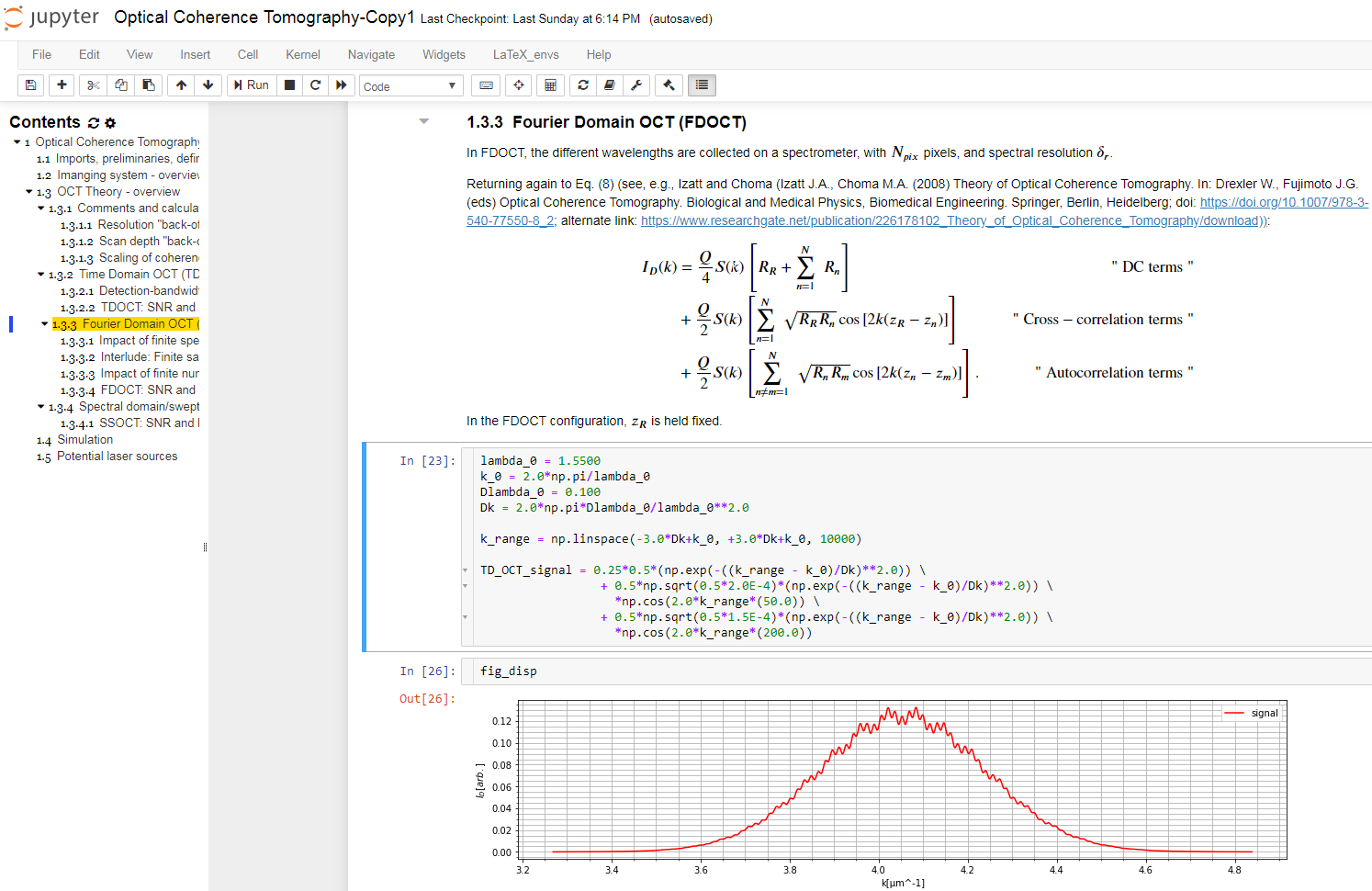
- #How to combine two arrays in python jupyter notebook how to#
- #How to combine two arrays in python jupyter notebook for mac#
- #How to combine two arrays in python jupyter notebook install#
- #How to combine two arrays in python jupyter notebook code#
- #How to combine two arrays in python jupyter notebook download#
Matplotlib is one of the most popular Python packages used for data visualization.
#How to combine two arrays in python jupyter notebook how to#
Note: For more information, refer to How To Use Jupyter Notebook – An Ultimate Guide Uses include: data cleaning and transformation, numerical simulation, statistical modeling, data visualization, machine learning, and much more. The Jupyter Notebook is an open-source web application that allows you to create and share documents that contain live code, equations, visualizations and narrative text. ISRO CS Syllabus for Scientist/Engineer Exam.ISRO CS Original Papers and Official Keys.GATE CS Original Papers and Official Keys.Notebook Example on how to program with Python and R %load_ext rpy2. In any case, I leave you a notebook so you can see an example. If you like this and don’t want to wait for more tutorials, here, you can dive into the rpy2 library. How? It is super simple: every time you want to use a variable with R (for example, the dataframe df), you must “send” it to R using the following code: %%R -i dfĪs a result, you can now operate with R inside Python. If everything is OK, congratulations! You can now use R within Python. In my case: C: \ Users \ Ander \ Documents \ R \ win-library \ 3.6Īfter all, we simply launch a Jupyter Notebook in Python and load the library with the following command: %load_ext rpy2.ipython R_LIBS_USER: where the libraries are located.If you want to use R beyond Jupyter, you must add two variables, the location of R Studio (C: \ Program Files \ RStudio \ bin) and the location of the rpy2 package (C: \ Users \ Ander \ Anaconda3 \ Lib \ site-packages \ rpy2) In my case: C: \ Program Files \ R \ R-3.6.1 \ Each one will indicate where R is, who the user is and where the packages are, respectively. Create the environment variables: R_HOME, R_USER and R_LIBS_USER. Here‘s how to do it, on both Windows and Mac.Ĥ. Once you have it, you have to add it as a PATH environment variable. In my case, it is located at: “C: \ Program Files \ R \ R-3.6.1 \ bin”. To do this, the first thing you should do is find what is the path of the R bin folder.

Add the path of the R bin folder to the PATH environment variable.
#How to combine two arrays in python jupyter notebook install#
Example: cd "C:\Users\Ander\Documents\Example"pip install rpy2-2.9.5-cp37-cp37m-win_amd64ģ.
#How to combine two arrays in python jupyter notebook code#
To do this, go to the folder where it is downloaded with the code “cd path”.
#How to combine two arrays in python jupyter notebook for mac#
Install the file in Anaconda Prompt (or terminal for Mac users). (Use Ctrl + F or Cmd + F to find it, since it is at the bottom of the page).Ģ.
#How to combine two arrays in python jupyter notebook download#
Download the latest file (.whl) from here. However, sometimes it fails, so I wouldn’t recommend installing it this way. To do so, we could install it directly from pip. If you are more an R programmer, you can find a tutorial on reticulate on this post 😉 Installing rpy2 libraryįirst, we need to install the rpy2 library. Another option would be to use reticulate package that basically it does the opposite: it generates an interface in R in which to work with Python. This library generates an interface in Python in which to work with R. So, if we want to use both languages together we will need a library that can “translate” Python lists to R vectors, for example. Python and R save their variables in different data types. How to program with Python and R in the same Jupyter notebook If it doesn’t show up this link might help you.įinally we get to the interesting part: how to program with Python and R in the same Jupyter Notebook. If R is displayed as an option, then it works.

To check it out, simply run Jupyter and create a new notebook. To do this, you must run the following command line in Anaconda Prompt: $ conda install -c r r-essentialsīy doing so, you should already be able to create Jupyter Notebooks using R. In order to use R with Jupyter Notebooks you must install the packages within R essentials. Yes, I know this is not much for R users as you could already write R Markdowns in RStudio which is somewhat similar to Jupyter… Unless you’re a Jupyter fan, of course. This will enable you to use R in Jupyter Notebooks.

Once you have Python, R and Jupter Notebook installed, you will have to install R in Jupyter Notebook. That was easy right? Now let’s dive into the interesting part ) 3. If you don’t have Jupyter nor Python installed, I would recommed you to install them using Anaconda. You can see how to check your R version here.



 0 kommentar(er)
0 kommentar(er)
